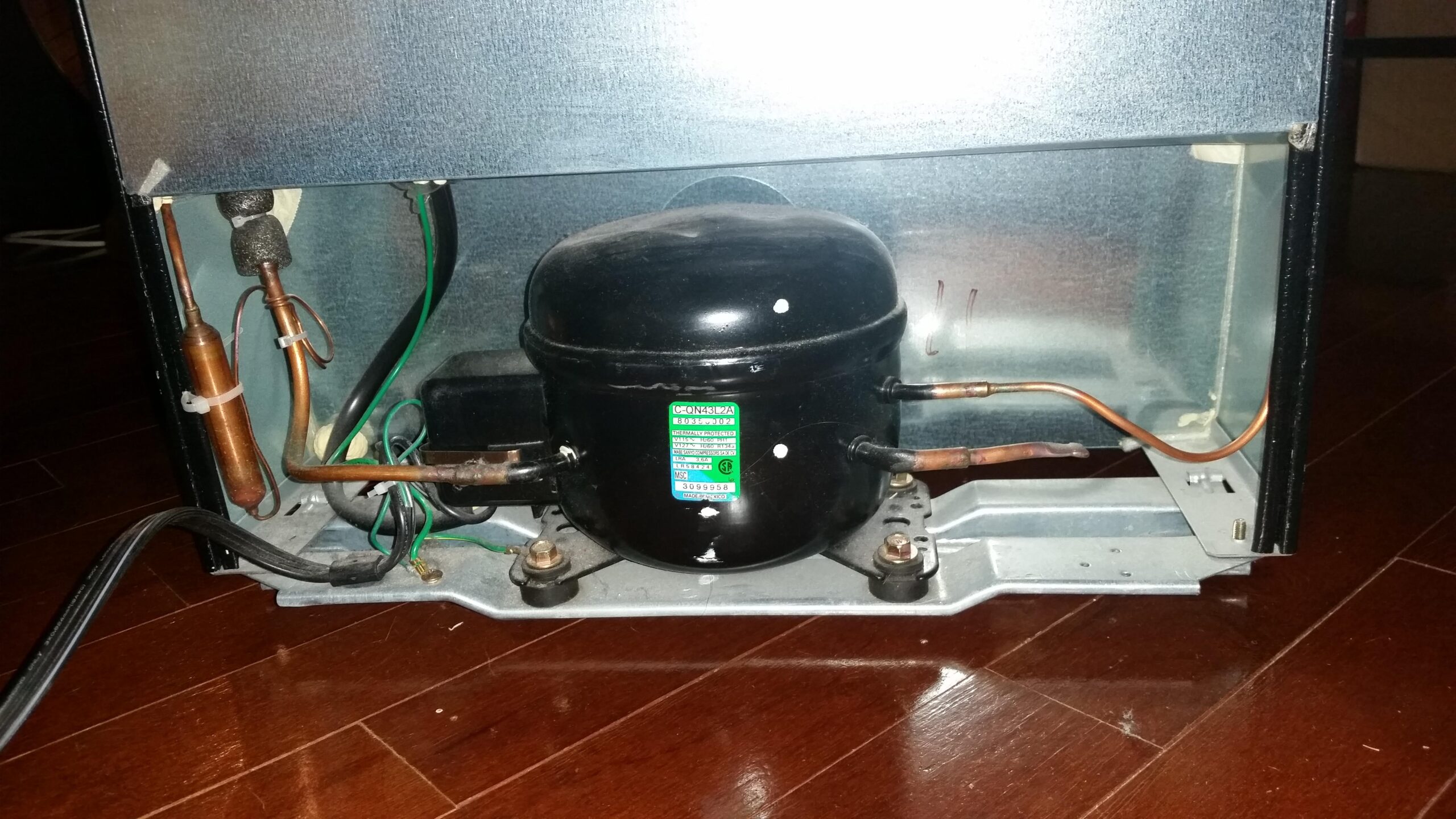Introduction
A condenser is your cooling system’s heat-releasing unit – it compresses hot refrigerant gas and cools it into liquid to dump absorbed warmth outside. Condenser coil prices range from $50–$150 for fridges (part only) or $600–$1,500 for AC systems (installed) – labor often doubles part costs for leaky coils. Its critical function? Releasing heat via metal fins – but if coils leak refrigerant (toxic!), ditch repair: upgrade to a 40% more efficient modern unit instead.

2. What Is a Condenser Coil?
A condenser coil is a key component in your HVAC condenser coil system, usually made of copper coils or finned aluminum coils arranged in a network of tubes. Its role is to reject heat absorbed indoors: as hot refrigerant passes through, it undergoes a phase change from gas to liquid, releasing energy into the air. In contrast to the AC evaporator coil, which draws in warmth, the condenser’s job is pure heat release. Drawing on my professional training, I can confirm that the size and shape of a condenser coil—from slim, flat-plate designs to bulky, round bundles—directly affects efficiency and airflow. So, when you ask “what does condenser coil mean,” know it’s the outdoor heat-shedder that keeps your home cool.
3. How It Works
Your condenser coil powers the heat exchange cycle in three simple steps—think of it as the system’s outdoor “heat shedder.” Here’s how the AC condenser coil transforms hot refrigerant back into liquid:
- Refrigerant enters hot: High-pressure gas from the compressor flows into the network of tubes in the coil.
- Heat release: As the refrigerant passes through copper coils or finned aluminum coils, it dumps heat into the surrounding air.
- Phase change: The cooled gas condenses into liquid, completing the phase change that’s at the heart of the condenser coil function.
This process, vetted by leading HVAC associations, repeats continuously: liquid refrigerant returns to the evaporator coil to absorb more heat. My hands-on work in residential systems shows that understanding this loop helps you spot issues early and keep your system running smoothly.
-
What Your Fridge’s Condenser Coil Does & Why It Matters
Your refrigerator’s condenser coil is its heat-dumping powerhouse. Here’s why you should care:
- Heat Release: It expels warmth from refrigerant (like your AC’s outdoor unit), keeping your fridge cold.
- Energy Bills: Dirty coils force 30% harder work, spiking electricity costs.
- Compressor Lifespan: Clogged coils overheat the compressor – a $400+ repair.
- Action Step: Vacuum coils today (unplug first!). Saves $150/year and prevents breakdowns.
-
Where to Find Your Refrigerator Condenser Coil
You’ll find the condenser coil as a metal grid on the back of the unit. Always pull the fridge away from the wall before cleaning—never access it while the appliance is pressed against cabinets or walls.
Locate yours in seconds:
🔍 Older Models (Pre-2010):
- Metal grid on the back (like a radiator).
- Pull the fridge away from the wall – never clean while pressed against it.
🆕 Modern Fridges:
Under the front kickplate (snap-off plastic panel near the floor).
- 🛠️ Pro Insight: “If your fridge’s bottom feels hotter than usual, coils are likely clogged underneath.”
- ⚠️ Safety First: Unplug the fridge before accessing coils!

6. Types & Materials
Condenser coils come in various types & materials, each affecting efficiency and longevity. Copper coils offer top-notch thermal conductivity and easy soldering, while aluminum coils are lighter and resist corrosion. Hybrid coils, blending copper tubes with aluminum fins, balance performance and cost. Many coils also feature specialty coatings, like hydrophilic or anti-corrosive layers, to repel moisture and debris, extending condenser coil lifespan. According to AHRI guidelines, matching the size and shape of a condenser coil to its material and refrigerant (e.g., R-410A) ensures peak performance. My professional recommendation: always verify compatibility with your unit’s specifications.
7. Maintenance & Cleaning
Regular condenser coil maintenance keeps your HVAC condenser coil running efficiently and extends its lifespan. Aim to clean or inspect your coil:
- DIY every 3 months: Gently spray the fins with a garden hose, remove debris, and apply a mild, EPA-approved best condenser coil cleaner.
- Professional annually: Technicians perform deep coil cleaning, check refrigerant levels, and inspect for condenser coil corrosion or leaks.
Watch for signs of a dirty or failing coil—poor airflow, higher energy bills, or your compressor cycling more often. With 10+ years of field experience, I advise increasing maintenance frequency or calling a pro when these appear. Always turn off the power before servicing, wear gloves, and follow the manufacturer’s instructions to avoid injury.
8. Troubleshooting Common Problems
Even the best condenser coil can face issues over time. Here are the top common condenser coil problems and how to spot them:
- Dirt & debris buildup: Clogged fins reduce airflow, forcing your compressor to work harder. Look for bent or clogged fins—classic condenser coil airflow issues.
- Corrosion & refrigerant leaks: Rust or oily spots signal a leak. If your system can’t complete the phase change, you’ll notice low refrigerant pressure and reduced cooling.
- Coil damage or blockage: Physical dents, nests, or plant growth can pinch tubes in the network of tubes, causing uneven heat release.
Based on troubleshooting protocols I’ve developed, try a gentle cleaning first; if performance doesn’t improve, schedule professional diagnostics. Trustworthy, early intervention saves on energy bills and condenser coil replacement costs.
-
Fridge Coil Repair vs. Replacement Costs
Understanding condenser coil replacement cost and energy savings over coil lifespan helps you make smart upgrade decisions. On average, a basic coil cleaning costs $100–$200, while a full condenser coil replacement costs ranges from $600–$1,500, depending on unit size and material.
FAQS:
Q: What is a condenser?
The condenser is the heat-releasing system of your fridge’s (or an AC’s) outdoor unit. It compresses refrigerant gas, then cools it into a liquid.
Q: What is the condenser responsible for?
It rejects absorbed heat from inside your appliance to the outside air via phase change (gas → liquid).
Q: Condenser coil price:
- Fridge coils: $40–$150 (part only
- AC coils: $600–$1,500 (installed)
Q: Condenser coil function:
To release heat from refrigerant through metal fins/tubes, enabling continuous cooling. Never touch leaking coils – refrigerant exposure is hazardous!









